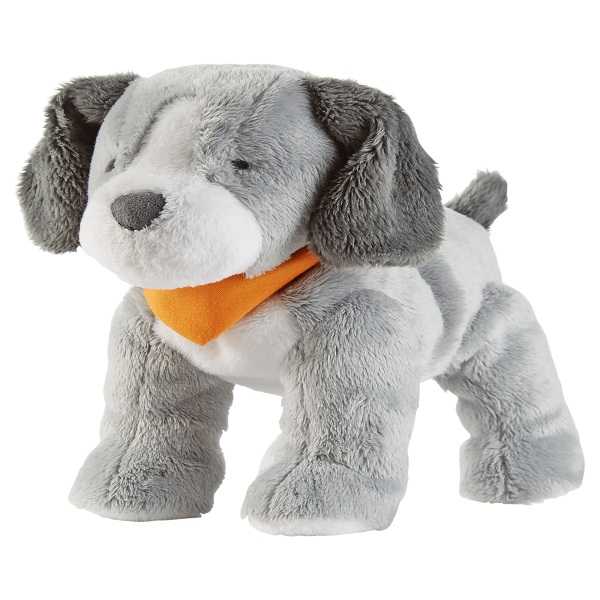-
EN 71-3: What are the requirements for heavy metal content in toys in the 2019 standard?
Edited by:Read:EN 71-3:2019 is a part of the European Standard for the Safety of Toys, which focuses on migration limits for specific heavy metal elements in toys or parts of toys. The term 'migration' in this context refers to the amount of a particular substance that can be transferred from a toy to a child under conditions similar to those of the human digestive system.
The standard covers the following 19 elements: antimony, arsenic, barium, beryllium, boron, cadmium, chromium (VI), chromium (III), cobalt, copper, lead, manganese, mercury, nickel, nitrogen, caesium, selenium, strontium and tin. For these elements, EN 71-3:2019 lists migration limits for toys in 3 categories.

Below are the migration limit values for these elements (unit: mg/kg):
-Category I: Oral imitation toys**
Examples include crayons, pen caps, toy cosmetics, etc., as some or all of these toys may enter the mouth through behaviours such as sucking, chewing or swallowing. This category of toys has the most stringent requirements for heavy metal migration limits as follows:
Lead: 2.0
Cadmium: 0.5
Mercury: 7.5
Chromium (VI): 0.02
And the migration limits for arsenic, antimony, barium and selenium need to be less than 5.0.
-Category II: Toys that may be touched by children
That is, toys that may be touched by children but are unlikely to enter the mouth, such as puzzles and cards. The heavy metal migration limits required for toys in this category are as follows:
Lead: 23
Cadmium: 1.3
Mercury: 23
Chromium (VI): 0.5
Migration limits for arsenic, antimony, barium and selenium need to be less than 56.
-Category III: Toys that will not be touched by children**
Toys, such as model toys or decorative items, that have parts that may not be accessible to children or parts that will not be accessible to children during normal or reasonably foreseeable use. The heavy metal migration limits required for such toys are as follows:
Lead: 160
Cadmium: 17
Mercury: 560
Chromium (VI): 2.0
Migration limits for arsenic, antimony, barium and selenium need to be less than 1,500.0.
The migration limits for the above elements are the maximum values that have been assessed by the Committee for European Safety Standards (CEN) as not posing any health risk to children.
It is worth noting that EN 71-3:2019 specifies migration limits for heavy metals, not total content. That is, this standard focuses on the amount of heavy metals that migrate from the toy into the child's body under conditions that simulate digestion, rather than how much heavy metals are contained in the toy material overall.
Overall, compliance with EN 71-3:2019 not only ensures the safety of children's toys, but also helps manufacturers to sell their products in the European Economic Area, as adherence to this standard is an important requirement for obtaining the CE (Conformité Européenne) mark. This marking proves to the consumer that the product has met all the requirements of EU legislation including environmental, health and safety.
- 2024-04-19Paper ring compression strength tester standards
- 2024-04-19Cupping tester standards
- 2024-04-19Rubber and plastic tensile tester standards
- 2024-04-19Taber 1750 wear-resistant tester standards
- 2024-04-19Stone Chip Resistance Gravelometer standards
- 2024-04-18Diaper absorption speed tester standards
- 2024-04-18Diaper leakage tester technical indicators
- 2024-04-18Paint film impact resistance tester standards
- 2024-04-18Low temperature brittleness tester principle
- 2024-04-18Battery separator permeability tester technical indicators



